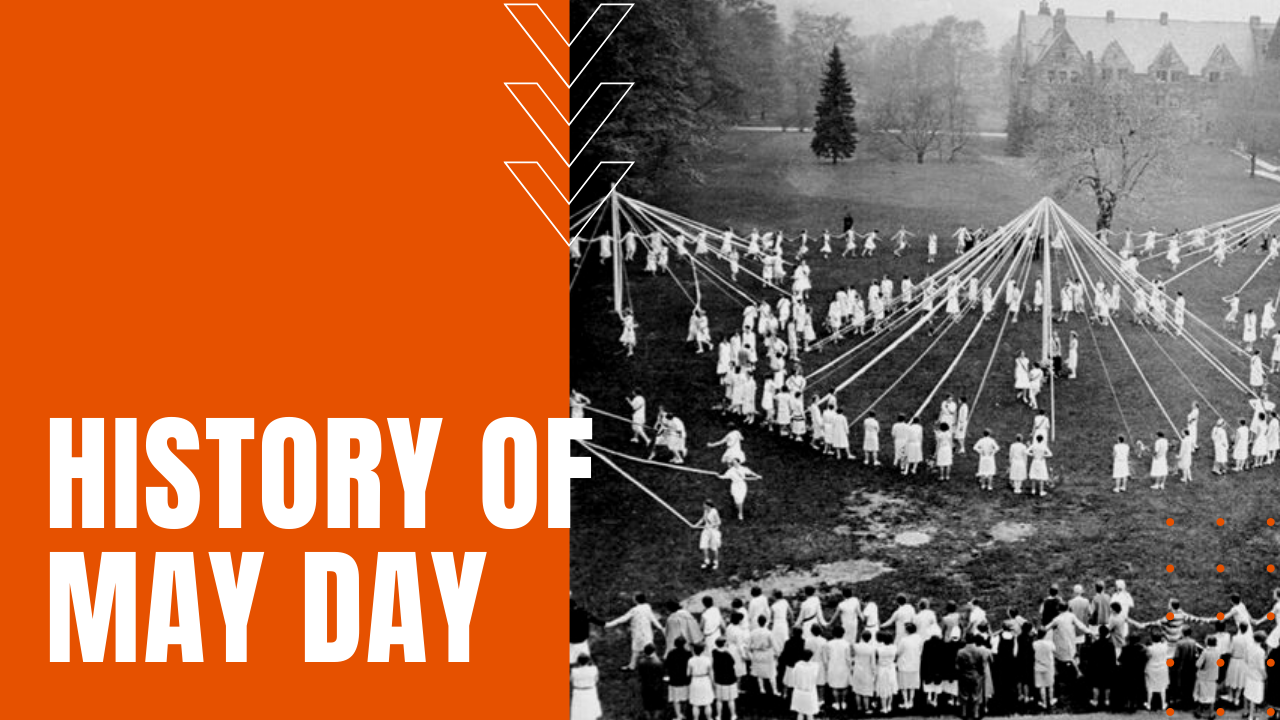History of May Day

Beginning on May the 1st of each year, the ancient Celts of the British Isles celebrated the festival of Beltane, on a day they believed to be the dividing line between the darkness of winter and the rebirth of Spring.
After Emperor Claudius and military commander Aulus Plautius conquered Britain in 43 AD, the Roman invaders introduced their five-day celebration of Floralia—devoted entirely to the worship of the goddess of flowers—which soon merged with Beltane to become a singular event known as May Day.
Maypole Dance Origin
One of the great symbols of early May Day celebrations is the maypole dance, which began as a Germanic pagan fertility ritual, where colorfully-dressed participants danced around a living tree in hopes of a large harvest.
When the practice made its way into Britain, a living tree was replaced by a vertical pole strung with ribbons, which symbolized the branches of a tree and the fertility of men and women alike. In the United States, May Day became associated with worker’s rights during the Industrial Revolution of the 19th century, when long hours and dangerous working conditions cost thousands of men, women and children their lives.
Labor Demonstrations Synonymous with May Day
As a result, in 1884, the precursor organization to the American Federation of Labor held a convention in Chicago, where delegates called for an eight-hour workday, which was soon backed by the nation’s largest worker’s union at the time, known as the Knights of Labor. Over the next two years, May Day became the ignition point for massive labor demonstrations and strikes in most industrialized cities across America, coming to a head on May the 3rd, 1886 in what is now known as the Haymarket Riot, leading to the deaths of seven Chicago police officers and eight civilian protesters.
Several years after the Haymarket Riot and subsequent trials that shocked the world, European socialists and labor parties called for demonstrations in honor of the “Haymarket Martyrs,” leading to an 1890 May Day rally in London which saw more than 300,000 protesters in attendance. The worker’s history of May Day was soon embraced by governments around the world—regardless of democratic, socialistic or communistic persuasion—making May day today an official holiday in 66 nations around the world. Except in America, that is—the country where May Day and worker’s rights first began.
